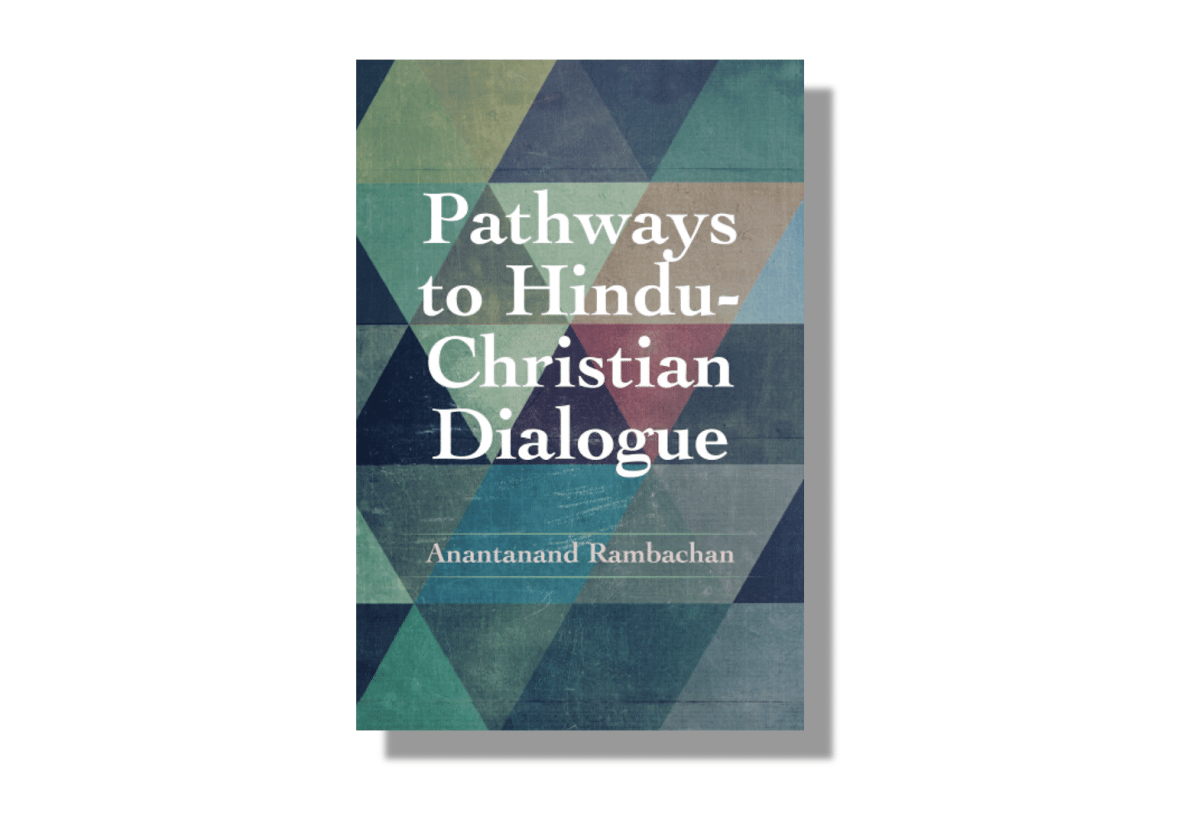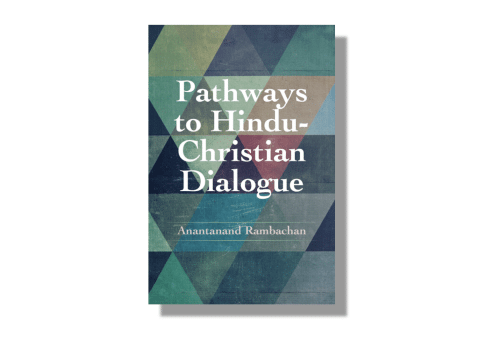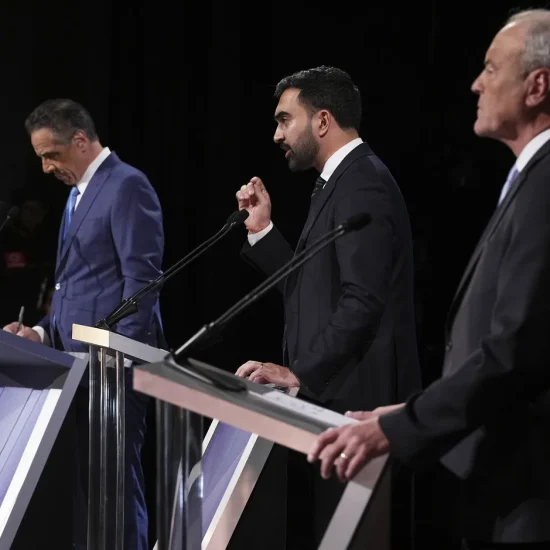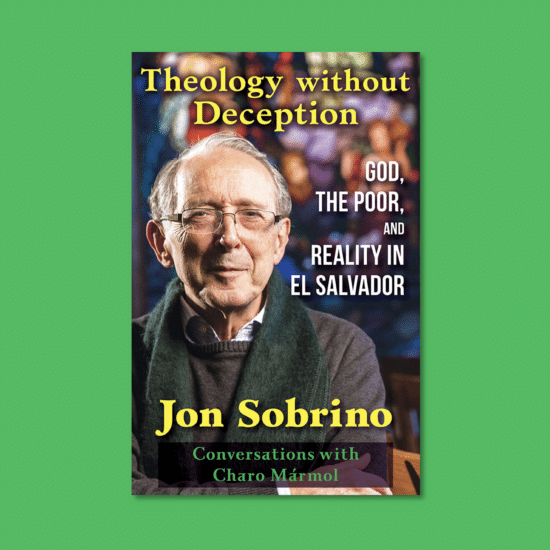

PATHWAYS TO HINDU-CHRISTIAN DIALOGUE. By Anantanand Rambachan. Minneapolis, MN: Fortress Press, 2022. Xii + 158 pages.
Interfaith dialogue can be challenging, especially when participants come from very different worldviews. As a Christian, I have found dialog with Jews and Muslims easier than with Hindus and Buddhists, largely because we have a similar starting point. That all three religious traditions claim Abraham as a common ancestor provides a significant foundation for conversation. Conversations with Dharmic religions lack that common ancestor; nevertheless, we must engage in such conversations for the good of the world.

Robert D. Cornwall
Although one of my dearest friends is a Hindu woman with whom I have shared interfaith leadership, I have struggled to get my head around her faith tradition. Sometimes we use the same language, and at others, we don’t. Although I’ve done some reading about Hinduism, what I’ve been looking for is a guide to a very particular conversation, and that conversation is the one that brings together Christians and Hindus. Thus, I’m grateful to Anantanand Rambachan for sharing with us his book Pathways to Hindu-Christian Dialogue. In his foreword to this book, Christian theologian S. Wesley Ariarajah points out that “of all the dialogical relationships that Christians have cultivated with the other major religious traditions of the world, Hindu-Christian relations are perhaps the least developed” (p. ix). It’s not because there hasn’t been contact between the two religious traditions. Christians have been in contact with Hindus since the second century if not before, but there have always been barriers to fruitful conversation, from both sides. Fortunately, Professor Rambachan provides us with some pathways that he has experienced as a Hindu participant in dialogues.
Rambachan is a professor of religion, philosophy, and Asian studies at St. Olaf College. Not only has he authored many books, but he has participated in major interfaith conversations sponsored by the World Council of Churches and the Pontifical Council for Interreligious Dialogue. In other words, he has had a long-standing relationship with the Christian community, and thus he can speak as a Hindu who has a significant understanding both of his own tradition and the Christian tradition. He is a Hindu who is a descendant of Indians, but he is not from India. Instead, he was born in the Caribbean nation of Trinidad and Tobago, with his ancestors being numbered among Indian Hindus and Muslims brought to the islands by the British to participate in sugar cultivation. Thus, he grew up in a context that included Christians, Hindus, Muslims, and practitioners of African religious traditions. He had friends in all of these communities, and he was educated largely in Christian settings. Thus, “learning about other traditions came as a natural consequence of growing up in a diverse community and from childhood friendships” (p. 3). That continued through his later education and teaching experiences, as well as interfaith dialogue opportunities starting in 1981 when he was invited to participate in a Christian-Hindu dialogue sponsored by the World Council of Churches. Those dialogues have continued to the present. This book emerges from those experiences. Thus, this isn’t a book about theories of dialogue. “It is a book about the practice and experience of dialogue” written by a participant. Because of that, we have an extremely helpful resource.
Ramabachan begins this conversation, by laying out starting points for this dialogue. He notes up front that for Hindus the belief that mission is foundational for Christians and that mission involves the pursuit of conversion, dialogue will require building trust. Thus the need for a different starting point that moves beyond the idea that mission is central to Christian identity. Thus, he suggests that the two traditions start with the premise that there is one divine reality that serves as a source of all life. While understood differently at points, there is the common belief that God is the source of creation. Thus, both traditions assume that “God is not the national, tribal, or exclusive deity of a particular religious or ethnic community but the source of all life and existence” (p. 17). In other words, God isn’t a Hindu or a Christian. With this, the two traditions can approach the conversation with humility acknowledging the limits to knowledge. We can also engage together in acts of service that aren’t motivated by proselytization. Ultimately, effective conversation requires mutual respect.
In chapter two, Rambachan speaks of “theological resources and challenges to Hindu-Christian dialogue.” One of the challenges is the reticence among Hindus to participate in such dialogue. There have been important examples of dialogue partners in the past, but still for the most part dialogue has come because Christians have pursued it. Part of the problem here is that Hinduism is a decentralized religious tradition, with leadership being very decentralized. He notes that even the Hindu American Society doesn’t list the development of interreligious relationships as a goal of the organization. That reticence is rooted in the perception that Christianity (along with Islam) is a religion that places conversion at the top of its core values, such that there is little openness to the ideas and beliefs of others, especially Hindus. There is also the challenge noted here of Hindu nationalism (Hindutva), which he discusses in chapter 3. While many Hindus question whether there is anything to discuss, that isn’t true of all. However, the fact that many Hindu scholars focus more on religious experience than scriptural exegesis makes the conversation more difficult. Rambachan suggests that such scriptural exploration can be a very helpful path for conversation to take place. While there are many challenges, there are possible resources, including scriptural study that can assist the conversation. Ultimately, however, trust must be developed. He writes that “trust is the soil in which truth can flourish and where the difficult questions that we want to ask one another can be raised” (p. 47).
One area of concern, especially for Christians and Muslims, is the growing presence of Hindu nationalism in India. This belief system has raised questions as to whether persons other than Hindus can truly be Indian. Rambachan goes into some detail explaining this concept, including laying out its origins with Vinayak Damodar Savarkar. The question here has to do with the connection between religious identity and national identity. It’s an issue that is present here in the United States and parts of Europe as well, as Christian nationalism is on the rise. As a response to the Hindutva tendency toward intolerance of plural identities, Rambachan points to an ancient tradition of hospitality present in the Hindu tradition and seeks to highlight that as a foundation for dialogue. A second area of concern, one that Christians often raise, is the issue of caste. He notes that the majority of Christians in India (around 2.5% of the total population) are of Dalit origin. Dalits are also known as untouchables or lie outside the caste system. Many Dalits have converted to Christianity and Islam as a way of finding an identity outside the caste system. Ramabachan very openly discusses the challenges of the caste system and its role in the Christian community. He calls on Hindus to acknowledge the “inhumanity, injustice, and oppression of the caste system and the fact that it has been legitimized and perpetuated by appeal to and interpretation of Hindu teachings” (p. 83). This is true despite caste not being an essential part of Hindu traditions.
Having addressed two important challenges to dialogue, Rambachan spends two chapters exploring what Hindus can learn from Christianity (chapter 5) and Christians from Hindus. He points in the former to the interest that many Hindus have had in Jesus, if not in Christianity. He notes several Hindu leaders/scholars who have devoted attention to Jesus including Rammohan Roy, Swami Vivekananda, and Mahatma Gandhi. He also shares what he has learned from Christianity over the years, with a special interest in Liberation Theology. He points out that while “compassion and generosity were known to me as core Hindu teachings,” these were often “limited to interpersonal relationships.” What Liberation Theology introduce to his thinking was the need to transform structures of injustice and oppression. He came to appreciate the vision of a suffering God, a vision he did not find present in Hinduism. As for what Christians can learn from Hindus, he points out that it is easier for him to note what he learned from Christianity than to suggest to Christians what they might learn. With that recognition of the need for humility, he suggests that the Hindu texts, such as the Upanishads, provide helpful words about the God-universe relationship, the human problem (for Hindus it’s ignorance rather than sin that is the issue), and a Hindu vision of liberation (moksha), which involves liberation from ignorance and an “awakening to the reality of the divine that is present equally in all beings and the heard of each self” (p. 117).
In the concluding chapter of this important book, which I hope will open up new avenues of conversation within my own friendship circle, Rambachan speaks to “the political and the theological” dimensions of this conversation. In other words, why is a Hindu-Christian dialogue necessary? It starts with the religious diversity found in the United States. The fact that there is such diversity means that if we’re to tackle important concerns in the country and world, we will need to work together. That means building trust. That requires sharing theological resources. In other words, we need to hear each other’s vision of a just society. That involves hearing each other’s religious/theological traditions, especially as they speak to the question of justice. He also notes something I’ve experienced over the years of engaging in interreligious relationships, “deep encounters with another tradition have the potential to both challenge and enrich our traditions.” (p. 141).
Anantanand Rambachan’s Pathways to Hindu-Christian Dialogue is not a lengthy book. It is in fact, a very accessible and readable book. For a Christian reader, he helpfully laid out important areas of concern that I’ve wondered about or struggled to understand. He brings to our attention issues that both communities present to the other, issues that create barriers to relationships and understanding. There is still much for me to learn—and I still struggle with theological concepts present in Hinduism, but I believe this book is an important starting point for those who wish to build relationships with another religious tradition, a relationship that can contribute to the common good of the universe. It is also a reminder that the God embraced by both Hinduism and Christianity is not a tribal God. That’s something that has often been forgotten of late! May this book be the foundation for a fruitful conversation and friendship.
This review originally appeared on BobCornwall.com.
Robert D. Cornwall is an ordained minister in the Christian Church (Disciples of Christ). Now retired from his ministry at Central Woodward Christian Church (Disciples of Christ) of Troy, Michigan, he serves as Minister-at-Large in Troy. He holds a Ph.D. in Historical Theology from Fuller Theological Seminary and is the author of numerous books including his latest books: Called to Bless: Finding Hope by Reclaiming Our Spiritual Roots (Cascade Books, 2021) and Unfettered Spirit: Spiritual Gifts for the New Great Awakening, 2nd Edition, (Energion Publications, 2021). His blog Ponderings on a Faith Journey can be found at www.bobcornwall.com.






